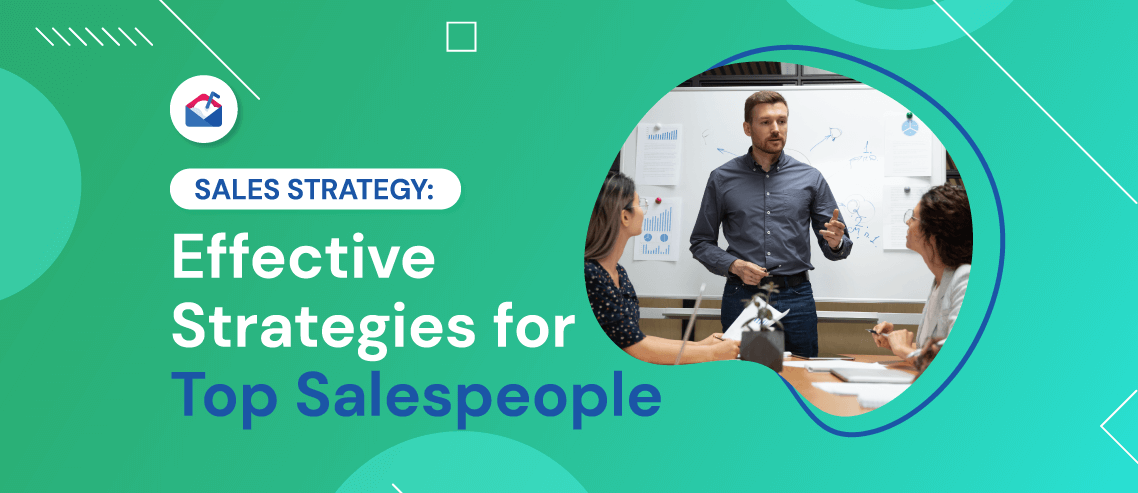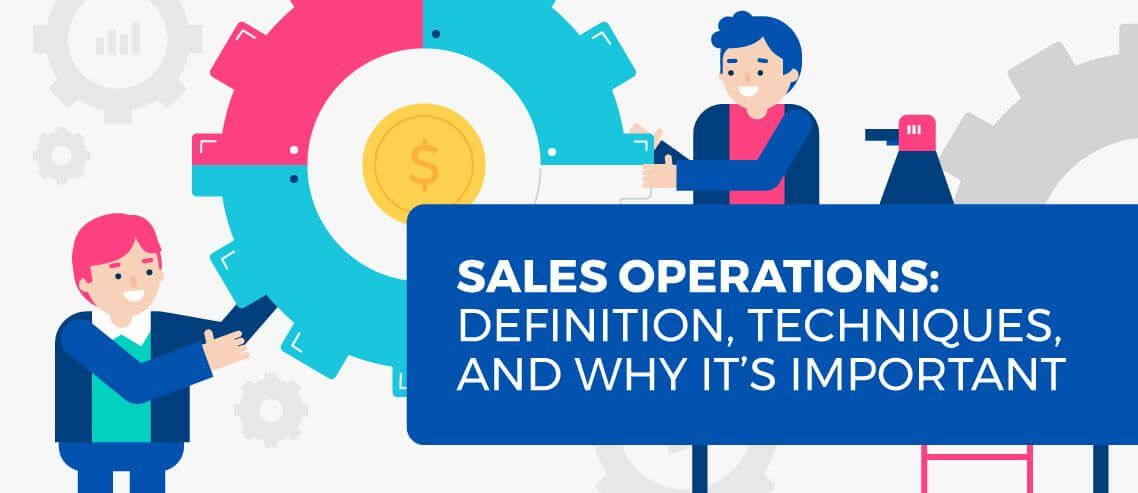A Beginner’s Guide to SaaS Sales
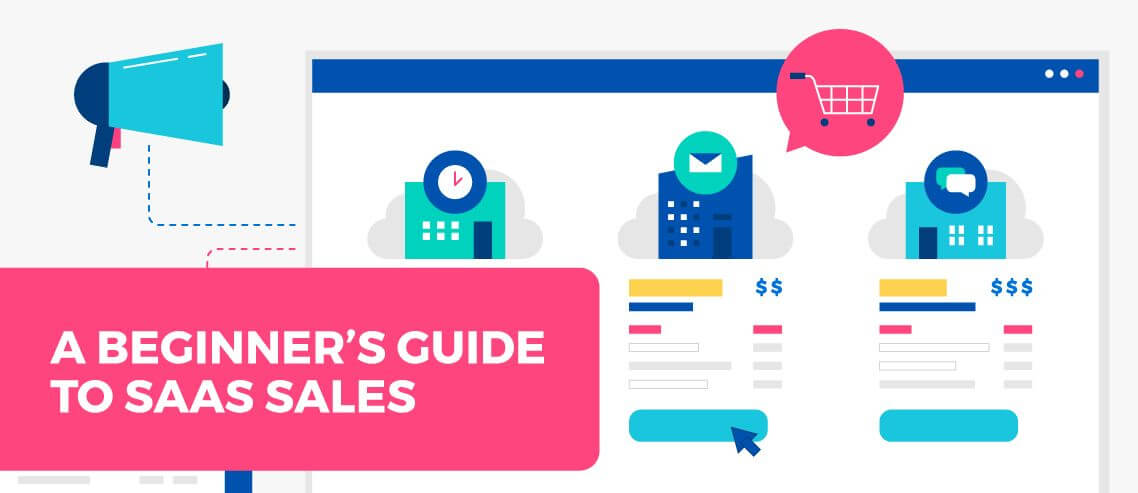
Contents
SaaS sales is a popular niche to get into.
Reps in this space sell expensive products, grow their technical knowledge, and learn a lot about consultative and enterprise selling.
It’s a fast-paced, rapidly-growing, and exciting industry. After all, when you’re selling big ticket items, the stakes are particularly high.
What’s more – SaaS sales compensates its reps very well. Most salespeople at SaaS companies are rewarded with a high base pay as well as great commissions.
If this sounds like your kind of thing, read on to find out everything you need to know about SaaS sales.
What Is SaaS Sales?
Put simply, SaaS sales is the process of selling internet-based software.
This sales industry requires a high level of customer service and attention, which makes consultative selling a favorite tactic.
This is due to the fact that SaaS reps are usually selling big ticket items with a high price tag. The investment risk is high, which means that it’s vital to demonstrate value throughout the selling process.
What Is the Difference Between Selling SaaS and Selling Other Products or Services?
SaaS products and services tend to be expensive, in part because they’re usually engineered by an external company that also supports and maintains the system. This means that sales reps approach selling differently to imbue the entire sales cycle with added value.
Consultative selling is a favored approach among salespeople in this space, and companies will invest more time and money into each qualified lead in order to allow their reps to add value at every step. This often equates to more travel and face-to-face meetings than sales in other industries.
While other products and services are often bought in bulk, this is not the case with SaaS. However, relationship management is still just as important – if not even more so – because SaaS contracts often need renewing at regular intervals. This could be every quarter, six months, or year, depending on the contract.
So while it may feel like a one-off sale, in reality, the process is ongoing. For this reason, it’s critical that sales reps maintain their strong relationships with clients and don’t just disappear once they make a sale. This adds an element of account management to the role of a SaaS sales rep, meaning that salespeople in this industry must cultivate additional skills.
Furthermore, due to the relatively high cost of SaaS products, there is typically a longer sales cycle with many more touchpoints from both sales and marketing than the average process.
SaaS products also tend to be complex, so sales reps need a solid understanding of the specifications and tech behind the product they’re selling. Some sales reps in this space will be hired from tech-focused roles related to the product, and it’s also common to bring other roles like engineers or designers into client meetings in order to answer any complex questions that come up.
SaaS Sales Models
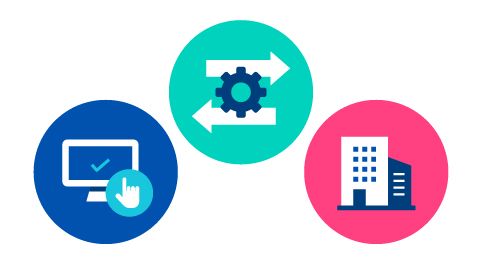 There are three predominant SaaS sales models:
There are three predominant SaaS sales models:
- Self-serve
- Transactional
- Enterprise
Self-Serve
The self-serve model does not involve any sales activity. Instead, marketing is fully responsible for bringing in revenue. This is typically achieved by inbound marketing campaigns, where content is published to generate awareness around the product and drive the target audience to the website to sign up for the service. Marketing will also set up automation sequences and optimize the signup process.
This model is ideal for SaaS companies whose price point is relatively low for the market. For example, it may cost too much to bring dedicated sales reps on board. This model is also a good option if the audience has the technical ability to manage the process themselves.
Transactional
SaaS businesses that employ the transactional model – which is the most common approach – are typically selling a more expensive product. Put simply, customers spending more money tend to demand a higher level of service. They are generally unwilling to make a purchase without having some form of interaction with the brand they’re buying from.
This doesn’t mean that there always needs to be heavy sales representation, but in some situations, customers will demand it.
Generally, when taking the transactional approach, a company will employ sales teams in addition to the content provided by the marketing team. These two elements come together to provide a seamless user journey throughout which the relationship with the potential clients – and existing clients – is built and fortified.
In an ideal scenario, towards the end of the customer experience, the client will then convert.
This scenario requires the marketing team to focus on lead generation and pipeline building, while the sales representatives will typically help encourage the conversion throughout the process.
The Enterprise Model
Enterprise SaaS sales is perhaps the most well-known model. This complex system is sales-heavy and demands a dedicated sales operation in order to work effectively. Indeed, many companies that utilize this model employ multiple sales teams, with product marketing and other resources at their reps’ disposal.
Sales representatives must identify and nurture leads, build business relationships, close deals, and provide support and advice for existing customers – who often have contracts that need renewing.
Length of SaaS Sales Cycles
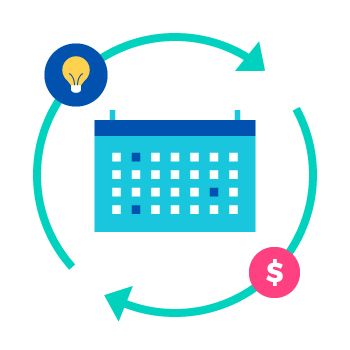 The length of a SaaS sales cycle is longer for products with a higher price point, and lower for those that cost less. For instance, products that cost under $5,000 may take about a month to reach a sale, while for products that exceed $100,000 per year, the sales cycle could last six months or longer.
The length of a SaaS sales cycle is longer for products with a higher price point, and lower for those that cost less. For instance, products that cost under $5,000 may take about a month to reach a sale, while for products that exceed $100,000 per year, the sales cycle could last six months or longer.
The length of a SaaS sales cycle can also depend on the level of customization available. More features means that sales representatives may have to provide leads with more demos or support, and leads may take longer to decide on the right features for their needs. These customization options also tend to generate additional negotiation on price points, which in turn further draws out the sales process.
It’s also important to keep in mind that the length of the sales cycle will vary depending on the number of stakeholders that are required to sign-off on the purchase. This means that the size of the company is key. For example, enterprise-level companies will likely require several people to sign-off, which can delay the sale. On the other hand, smaller businesses are likely to convert faster, which is valuable even if the revenue generated is lower.
When determining the length of time you should allow for sales cycles, don’t forget to take marketing activities into consideration. For instance, if you offer a week-long free trial of your SaaS product, this should be built into the sales cycle.
Challenges of SaaS Selling
Perhaps the single biggest challenge of SaaS selling is that there are so many competitors. There is an endless stream of new, innovative companies entering the space, making it more and more challenging to present your option as the best on the market.
Salespeople who don’t have a background in tech may also find it challenging to gain an in-depth understanding of the tech involved in their product. In addition, they don’t just need to understand their own product, but also the software stacks used by their clients.
As consultative selling is a major tactic in SaaS, it can also be tricky to nail that balance between educating clients enough and over-explaining – and thereby talking yourself out of a deal.
SaaS is a busy industry, with start-ups constantly stealing market share. With so much going on, it can be hard to stay focused on what it is you’re selling, and what your individual and company goals are.
SaaS Sales Rep Compensation
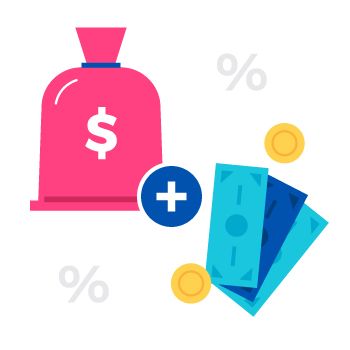 SaaS reps generally receive a healthy compensation – both in terms of base salary and commission – given that they’re selling big-ticket items.
SaaS reps generally receive a healthy compensation – both in terms of base salary and commission – given that they’re selling big-ticket items.
Indeed estimates that the average annual base salary for a SaaS sales specialist is $63,050, although it can vary depending on the job title. Inbound sales representatives, for example, can expect to earn around $32,378 per year, while business development representatives in this industry are looking at $71,184 per year.
However, as with most sales roles, it’s important to take commission into account as well. Different companies use different systems when it comes to commission.
For example, with the accelerator model of commission, a salesperson’s commission rate increases by one percentage point for every dollar they bring in over their goal. So if you bring in 120% of your goal, your commission rate would rise by 20%.
Many organizations use a tiered model for their commission rates. With this approach, there are three different commission tiers that cover attainments of 100-110%, 110-125%, and 125% or more, respectively.



